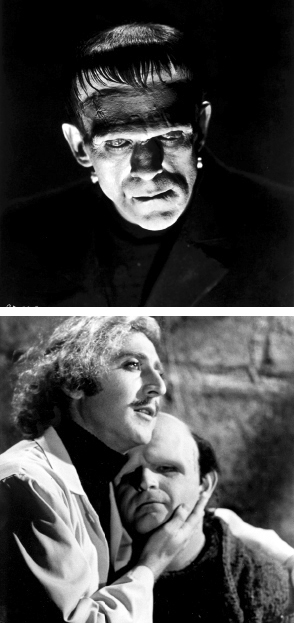The Linear Model
Printed Page 14

The linear model represents a traditional approach to interpreting media content. The model attempts to explain how a mass medium actually communicates messages and how we understand those messages. According to this model mass communication is a linear process by which media producers deliver messages to large audiences. Senders (authors, producers, organizations) transmit messages (programs, texts, images, sounds, ads) through a mass media channel (newspapers, books, magazines, radio, television, the Internet) to large groups of receivers (readers, viewers, consumers). In the process, gatekeepers (news editors, executive producers of TV shows and movies) filter those messages by making decisions about which messages get produced for which audiences. This linear process allows feedback, in which citizens and consumers, if they choose, return messages to senders or gatekeepers through letters, phone calls, e-mail, Web postings, or talk shows.
The problem with the linear model is that it doesn’t capture certain complexities of the mass communication process. In reality, media messages do not always get to their intended receivers, nor do receivers always interpret these messages in the way media producers want. For example, people might ignore an advertisement or a new movie, or draw an entirely different message from a magazine article or TV show than what the content creator intended to communicate. The cultural and social scientific models have since developed more sophisticated approaches to media study that improve on the limitations of the linear model.